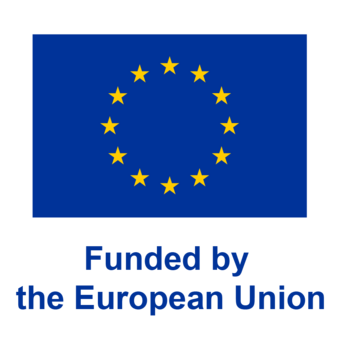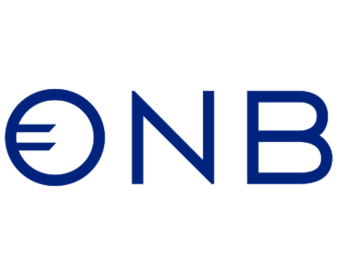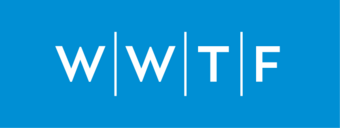Prof. Dr. Maximilian Jösch

In an ever-changing natural world, animals must constantly adapt their behavior by extracting relevant information from the environment in a context-sensitive manner. This is a complex task. On the one hand, the relevance of sensory stimuli changes rapidly according to the animal's internal states, cues, attention, and goals. On the other hand, these computations require efficiency and therefore adaptation to the natural requirements of each organism. Research in the Joesch lab aims to unravel these processes using sensorimotor transformations as a platform. Our work is grounded in systems neuroscience and aims to bridge computational (i.e., behavior), algorithmic (i.e. circuits computations), and mechanistic (i.e., biophysics) perspectives.
Focal points of interest
Recently, we have uncovered a pathway that functions as an efferent copy/corollary discharge from the vLGN (an inhibitory nucleus) to several sensory areas, in particular the superior colliculus (SC). We show that these projections receive a variety of inputs, especially from motor areas, which are then used to correct visual signals in a behavior-dependent manner. Accordingly, disruption of these GABAergic projections disrupts the animals' perception (Vega-Zuniga et al. (in press)). Similarly, we have shown that norepinephrine (NA) can enhance inhibitory strength in the SC, alter intrinsic dynamics, and modulate spatial visual attention (Schmidt, M. Mlynarski et al., (in preparation)). As AIüq results suggest that these enhancements work via a push-pull mechanism, not only through extrasynaptic NA, but also through peri-LC (locus coeruleus) inhibitory projections onto GABAergic interneurons. We are interested in investigating these intrinsic GABAergic changes and their role in visual spatial attention.
Technical proficiency and instrumentation
Our lab specializes in cutting-edge techniques to study neural circuits and visual processing, and in approaches to comprehensively understand behavior at the molecular, cellular, and circuit levels (Vega-Zuniga et al. (in press), Gupta et al., 2023, Burnett et. al, 2024, PLoS Biology). We have developed and implemented several techniques to sample large populations of cells, using novel epi-fluorescence to image large populations or retinal ganglion cells, or in vivo multiphoton, neuropixel, and patch-clamp approaches. We have also contributed to advances in the study of functional anatomy and have extended multiphoton imaging approaches with simultaneous operant conditioning to determine neuronal changes during learning.
Aspirations for the next 5 years
The vLGN to SC projections contain cell type-specific streams for different behavioral traits, and scSeq of the vLGN has revealed distinct populations. Our goal is to investigate whether these projections have unique brain-wide connections and computations. We will accomplish this by simultaneously recording from the inhibitory nucleus and its projection areas in awake behaving animals to define their roles in specific behaviors and to map the brain-wide projection patterns of individual cells.
References
- Vega-Zuniga T, Sumser A, Symonova O, Koppensteiner P, Schmidt FH, Joesch M (2023) A thalamic hub of action cues coordinates early visual processing and perception. bioRxiv 2023.12.23.573221. doi:10.1101/2023.12.23.573221.
- Gupta D, Mlynarski W, Sumser A, Symonova O, Svatoň J, Joesch M (2023) Panoramic visual statistics shape retina-wide organization of receptive fields. Nature Neuroscience 26, 606–614.
- Burnett LE, Koppensteiner P, Symonova O, Masson T, Vega-Zuniga T, Contreras X, Rülicke T, Shigemoto R, Novarino G, Joesch M (2024) Shared behavioural impairments in visual perception and place avoidance across different autism models are driven by periaqueductal grey hypoexcitability in Setd5 haploinsufficient mice. PLoS Biology 22, e3002668.





